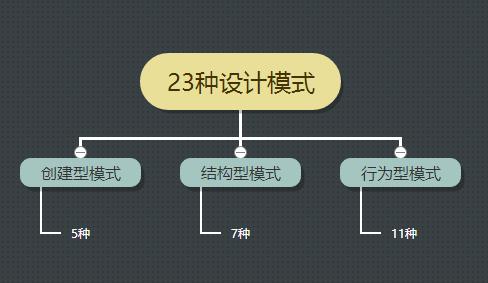The unification of statistical (data-driven) and symbolic (knowledge-driven) methods is widely recognised as one of the key challenges of modern AI. Recent years have seen large number of publications on such hybrid neuro-symbolic AI systems. That rapidly growing literature is highly diverse and mostly empirical, and is lacking a unifying view of the large variety of these hybrid systems. In this paper we analyse a large body of recent literature and we propose a set of modular design patterns for such hybrid, neuro-symbolic systems. We are able to describe the architecture of a very large number of hybrid systems by composing only a small set of elementary patterns as building blocks. The main contributions of this paper are: 1) a taxonomically organised vocabulary to describe both processes and data structures used in hybrid systems; 2) a set of 15+ design patterns for hybrid AI systems, organised in a set of elementary patterns and a set of compositional patterns; 3) an application of these design patterns in two realistic use-cases for hybrid AI systems. Our patterns reveal similarities between systems that were not recognised until now. Finally, our design patterns extend and refine Kautz' earlier attempt at categorising neuro-symbolic architectures.
翻译:统计(数据驱动的)和象征(知识驱动的)方法的统一被广泛视为现代AI的主要挑战之一。近些年来,在这种混合神经共体的AI系统上发表了大量出版物。这种迅速增长的文献非常多样化,而且大多是经验性的,缺乏对这些混合系统种类繁多的统一观点。在本文件中,我们分析了大量最新文献,并为这种混合、神经-共体系统提出一套模块设计模式。我们通过只将一小套基本模式作为建筑块来描述大量混合系统的结构。我们发现,这些系统的结构非常庞大,我们的主要贡献是:1) 一种有分类的词汇,用来描述混合系统中使用的流程和数据结构;2) 一套15+混合的AI系统设计模式,由一套基本模式和一套构成模式组成模式组成;3) 将这些设计模式应用在两种现实的、使用情况中,用于混合的AI系统。我们的模式揭示了迄今为止尚未确认的系统之间的相似性。最后,我们的设计模式扩展并改进了Kautz先前在制造神经系统结构上的尝试。





